
Olson - The Journey of Modern Theology
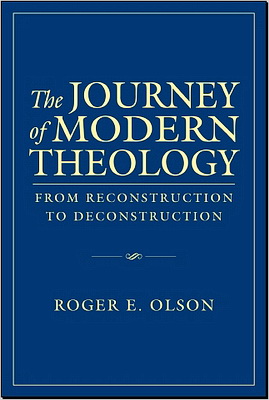
This book is a revision of 20th-Century Theology: God and the World in a Transitional Age, coauthored with Stanley J. Grenz and published by InterVarsity Press in 1992. It was intended to be a twentieth anniversary edition of that book with some added chapters. Plans changed and it became what you see—an almost entirely different book incorporating some material from the earlier one.
Roger E. Olson - The Journey of Modern Theology - From Reconstruction to Deconstruction
IVP Academic, 2013
An imprint of InterVarsity Press Downers Grove, Illinois
SBN 978-0-8308-6484-3 (digital)
ISBN 978-0-8308-4021-2 (print)
Roger E. Olson - The Journey of Modern Theology - From Reconstruction to Deconstruction - Preface
20th-Century Theology, which many people have come to call Grenz and Olson, has met with unexpected success as a textbook and reference book on modern theology It has also been read by numerous individuals for their own information and (I hope) enjoyment It won Christianity Todays award for best book in theology for 1992 . I have used it as my basic textbook in numerous sections of courses on modern and contemporary theology for the past two decades and have come to see certain flaws in it So, when InterVarsity Press invited me to revise it for a twentieth anniversary edition, I was glad to do so . In spite of its strengths and positive reception, it needed updating and improvement.
Between that book's publication and this one's my coauthor Stan Grenz passed away tragically at age fifty-five in 2005. I will never forget the day in 1990 that he called me to inquire about my interest in writing a chapter or two in a book on contemporary theology InterVarsity Press wanted him to edit. Stan and I were relatively new friends. He left Munich, Germany, where he earned his doctorate in theology under Lutheran theologian Wolfhart Pannenberg, one year before I went there to study with the same theologian. A mutual friend put us in touch, and Stan was tremendously helpful in coaching me by telephone about life in Munich and about studying with Pannenberg. On my return, we met in Sioux Falls, where I had attended the seminary where he took up his first teaching position.
My wife and daughter and I lived there for a few months as we transitioned back into life in the United States. Over the following years Stan and I developed a close friendship.
I jumped at the opportunity to write for Stan's book but dared to suggest that he and I write the whole book together. He agreed, and the rest is history We worked hard to make 20th-Century Theology read like a single-author book, which was not very difficult as we thought and wrote much alike. We enjoyed our partnership so much that we followed it with another co-authored book for InterVarsity Press entitled Who Needs Theology? An Invitation to the Study of God (1994). From 1990 on Stan and I roomed together at every annual national meeting of the American Academy of Religion and spent as much time together in between as possible given the great distances between us—especially when Stan and his family moved to Vancouver, Canada. His sudden death was a shock; it felt like the loss of a brother.
All that is to explain one reason writing this revision of 20th-Century Theology was both painful and a joy I felt almost disloyal at times as I rewrote all of Stan's chapters as well as mine . Part of the plan for this revision was to bring the story of modern theology up to date I also intended to make it more user friendly, especially for students As one critic of 20th-Century Theology put it, the book read like we had something to prove. Indeed To a certain extent we, wet-behind-the-ears young theologians that we were, had reviewers in mind too much as we wrote And yet, I view this revision as an honor to Stan; I know he would be pleased with it and smile on it His fingers are all over it—both in terms of its use of some of his material in 20th-Century Theology and in terms of his influence on me.
Two major changes (besides the title) will be noted immediately by readers familiar with 20th-Century Theology. First, the book begins with much new material on nineteenth-century theology That was IVP's editors' idea And I learned a lot as I conducted my research and wrote about important modern Christian theologians of a bygone era whose influence is still very much alive . I believe it is impossible to understand twentieth- and twenty-first-century theology without understanding nineteenth-century theology That and the added chapters on postmodern theology make this a much bigger book Second, the unifying motif is changed. The motif of 20th-Century Theology was the transcendence and immanence of God. That was Stan's idea, and I liked it then However, even then I felt we had to force some theologians into that motif; it did not feel natural in every case . The motif of this book seems more natural to me, especially given the expansion of material covered . The new motif is modernity and theological responses to it. Everyone talks about contextualizing the gospel, and they usually mean integrating it into a non-Western culture . This book is about how the most influential Western theologians (with Latin America here considered part of the West) integrated the gospel with modernity or did not. That is, some reacted against it Yet, even those who reacted against modernity were influenced by it.
Of course, every book has its lacunae . The glaring one in this book is non-Western theologies . As everyone knows, Christianity is growing fastest in Africa and Asia, and those Christian communities are increasingly producing scholarly theologies For the most part, however, they are not integrating with modernity, which may be a good thing, except where Western missionaries have influenced them or where their own theologians have studied in Europe or North America . Modern theology is not just theology done yesterday and today Modern theology is theology done in the context of the cultural ethos called modernity The theologians described, analyzed and evaluated in this book all have one thing in common besides being at least nominally Christian—they all wrestle with modernity, the cultural context stemming from the Enlightenment and scientific revolutions . There are other theologians of the same time period (nineteenth into twenty-first centuries) If they are not found here it is probably because they did or do not wrestle with modernity (or did not become influential and famous).
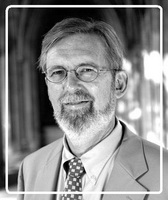
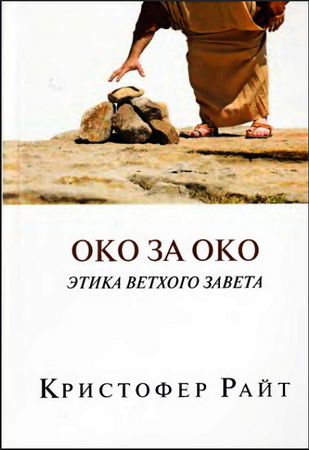
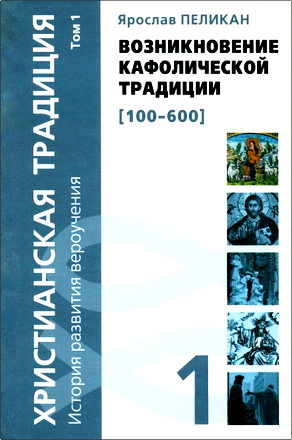
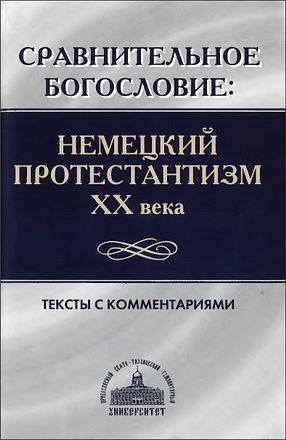
Комментарии (1 комментарий)
Вот такие обзорные аналитиеские книги нужны тогда, когда сам ничего не читал. Радость для систематиков.